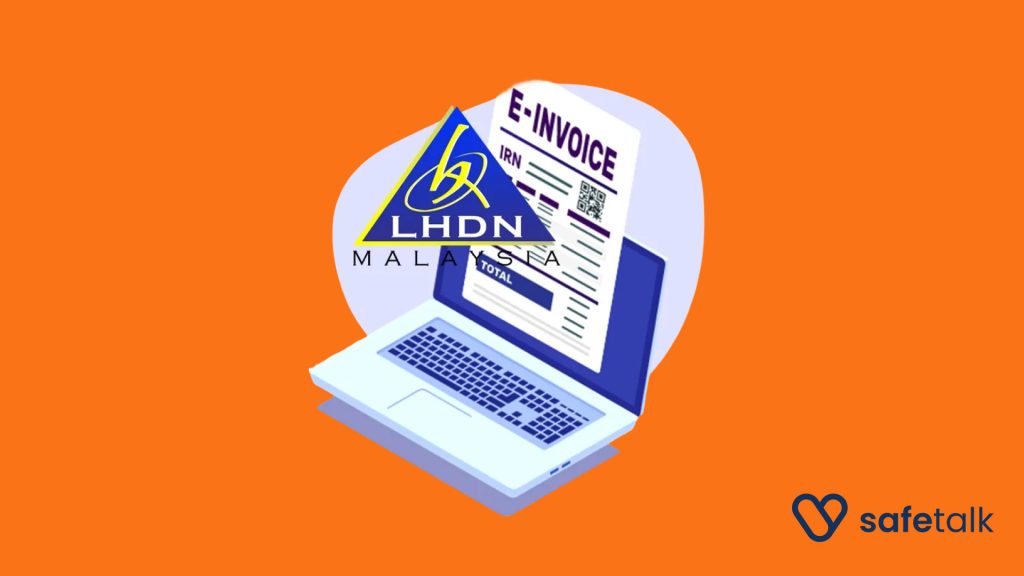Running a therapy practice today is no longer drowning in paperwork, endless back and forth messaging, or scattered paperwork. So many parts of our lives have gone completely digital, and with the right tools & approach, as a therapist, you can make your life easier & reclaim hours each week & stay much more organized.
Here’s a simple guide to the essential tech every modern therapist can use to build a smooth and stress-free online practice
🗓️ 1. Scheduling and Appointment Automation
Many therapists still book sessions through WhatsApp or email, and while that might seem fine at first, it quickly becomes confusing once you have more than a handful of clients. Time zones get mixed up, reminders slip through, and double bookings happen more often than you’d like.
Online scheduling tools make this part of your work so much easier. Clients can view your real-time availability, pick a slot, and even reschedule when needed without you having to message back and forth. You can also set up automated reminders to reduce no-shows and keep your days predictable.
Try blocking off your working hours once a week and letting your booking tool handle the rest. Adding reminder notifications one day and one hour before each session alone can save three to five hours weekly.
Example tools: Calendly, Setmore, or Google Calendar
📝 2. Intake and Consent Forms
Handling intake forms over email or printing them out can feel slow and messy. Details get missed, files go missing, and storing private client data through email isn’t very secure.
Digital forms make the process much smoother. You can create an online form that clients complete before their first session, and their responses are stored safely in one place. This helps you arrive at each session fully prepared and keeps your workflow consistent.
Create one simple intake template that covers basic client information, emergency contacts, and consent. Set it up so that new clients automatically receive it when they book their first session. Once this is in place, your onboarding process becomes effortless.
Example tools: Google Forms or therapy-specific platforms like SafeTalk
💬 3. Secure Video Platforms for Online Sessions
Using general video apps like free Zoom or WhatsApp might seem easy, but they aren’t built for therapy work. They often lack privacy controls and don’t connect with your client notes or calendar, which makes things harder in the long run.
A secure, therapy-focused video platform can make a big difference. These tools encrypt all data and include features such as waiting rooms, automatic session links, and compliance with privacy standards like HIPAA
It helps to create a recurring link for clients you meet regularly so that joining sessions is quick and consistent. After each call, take a few minutes to record your notes while details are still fresh.
Example tools: Zoom for Healthcare, Doxy.me
💳 4. Billing, Invoicing, and Payments
Chasing payments manually or managing bank transfers can take up more time than you realize. It’s easy to lose track of who’s paid, send invoices late, or spend weekends following up on messages.
With online payment systems, clients can pay right after a session, and invoices are automatically tracked. Some platforms even let you send gentle reminders if payments are pending. You can also generate simple reports to see your monthly income at a glance.
A great way to start is by connecting your booking system to a payment tool so invoices are sent as soon as appointments are confirmed. Your clients will appreciate the convenience, and you’ll have one less thing to think about.
Example tools: Stripe, PayPal
🧾 5. Documentation and Progress Notes
Keeping notes in separate files or on paper can become messy very quickly. Searching for a client’s previous notes or updating treatment plans becomes a hassle, and it’s not the safest way to store sensitive information.
Cloud-based documentation tools help you store everything securely in one place. You can access past notes instantly, create your own templates, and organize them by client. It’s faster, safer, and keeps your records consistent over time.
A good habit is to complete your session notes immediately after each appointment. Most tools let you duplicate templates or add custom fields so you can tailor them to your therapy style.
Example tools: Google Workspace, Notion
📈 6. Analytics and Practice Insights
Without tracking your data, it’s hard to know how your practice is really performing. Many therapists only look at income totals once a year, but having regular insights can guide better decisions.
Analytics tools show patterns like your busiest days, most booked services, or no-show rates. When you can see the numbers clearly, it’s easier to plan, adjust your availability, and set goals.
Try reviewing your reports once a month to spot trends. You might notice that certain time slots are always full or that reminders reduce cancellations. These small insights can help you work more efficiently and grow steadily.
Example tools: Excel, Google Sheets or SafeTalk’s built-in analytics dashboard.
🔒 7. Privacy, Security, and Compliance
Client confidentiality is one of the most important parts of your practice. Using personal emails, unsecured drives, or chat apps for sharing client details can put privacy at risk.
The safest approach is to use platforms designed for healthcare or therapy work. They encrypt data, manage permissions, and store everything securely. This not only protects your clients but also keeps you compliant with data protection laws.
Make sure to use strong passwords, enable two-factor authentication, and keep sensitive files only inside secure systems. Avoid downloading client information to personal devices unless absolutely necessary.
Example tools: SafeTalk or Google Workspace Enterprise.
🌐 8. Building Your Online Presence
Even if you’re an excellent therapist, clients won’t find you if you aren’t visible online. Relying only on word of mouth limits your reach.
Having a simple website or booking page makes it easier for potential clients to learn about your services and contact you. It doesn’t have to be complicated – just clear and easy to navigate.
Start with a one-page site that includes your photo, short introduction, services, and booking link. Keep it updated with your current availability and credentials. It helps you look professional and builds trust with new clients.
Example tools: WordPress, Wix, or a simple Linktree page for beginners.
💡 Final Thoughts
Therapists don’t need to manage everything manually anymore. With the right tools, you can automate most admin work, protect client data, and create a smoother experience for both you and your clients.
If you’d rather not juggle multiple apps, platforms like SafeTalk combine scheduling, forms, notes, and billing into one secure workspace built for therapy practices.





